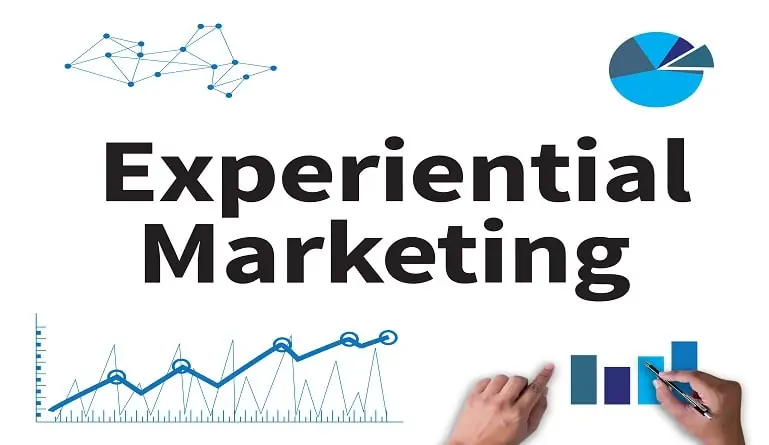Imagine if your sales and marketing efforts were concentrated onto a few high-value accounts instead of spreading out over the masses, trying to gain as many customers as possible without regard for the value that customer might bring to your business? Businesses are rethinking the ways that they sell and market to audiences. With the amount and quality of data that businesses have access to today, they are able to focus not just on effectiveness of their efforts in terms of reaching, engaging, and converting customers, but also the cost-effectiveness of their efforts.
Using equations like cost per acquisition, companies are able to look at the marketing dollars spent, the sales hours logged, and the dollars per sale to understand the real ROI of their investments in money and time.
Are yours closed sales numbers growing while revenue stagnates? Are you seeing transactions in the amount of $2,000 when you’d rather see one account closed at $20,000? If so, it might be time to consider account-based sales.
What are account-based sales?
According to Sales Hacker, account-based sales is defined as, “a hyper-personalized customer engagement strategy. It provides optimal focus and resource allocation to every valued customer. Every account — and the decision makers who lead it — is treated as a market of one.”
It enables B2B companies to better communicate with all the involved stakeholders and decision makers within their target audience. A whole ABS team will engage with the stakeholders at their customer organization. The name of the game isn’t “cast a wide net” or “spray and pray”, but instead using highly focused tactics to convert a single high-value customer.
How can your company effectively use account-based sales?
The first thing to note is that account-based sales are not for every company. While more focused sales and marketing may benefit almost every company who has any kind of customer, ABS can backfire when it’s not a good match for your company and target customer, partly because of the time and effort that go into such a highly focused approach.
While ABS would likely be too much effort to justify for B2C businesses, you can get a feel for if account-based sales is a good fit for your B2B brand by asking the following questions:
- Are sales interactions generally more complex with longer sales cycles?
- Do sales approvals have to be locked down by a group of decision makers?
- Do you have a lot of opportunities for cross-selling or upselling?
If the answer is yes, you may want to consider starting ABS efforts at your company by devoting a team within your sales department to exclusively define and target high-value clients. Here’s how to start:
1. Establish your ideal customer
You probably don’t have target accounts in mind (Walmart, McDonald’s, etc.) but it’s likely that you know the kind of customer who has generated the best value for you in the past and what they have in common with other businesses who are likely to do the same. Identify the key common factors – like industry, annual revenue, employee size, and more – to help identify specific accounts.
2. Establish the buyer personas
There will be different decision makers at each account – facility managers, HR personnel, C-suite leadership. Make sure you’ve developed the buyer persona materials that identify what’s important to each decision maker during the buying process.
3. Establish success metrics
How will you know you’ve identified and converted an account successfully? Identify the important metrics and definitions of value, such as customer acquisition cost or lifetime value.
4. Develop resources
The content that will be delivered to these target accounts is a key part of the sales process. From assets like targeted social media ads during the awareness stage of the buyers journey to customer testimonials, white papers, and case studies that sales can deliver to decision makers during their consideration phase, creating custom content is a key part of the ABS process, as these resources help target customers understand the value of your product or service and understand why your company holds the solution to their specific pain point.
What is the role of marketing for ABS?
Account-based marketing goes hand in hand with account-based sales They support and inform each other. Sales define the customer type or ideal account and the marketing team develops resources to target those kinds of accounts and create a leadership pipeline for sales to begin establishing a relationship with. Marketing can also work with sales to align on what materials are needed to nurture that relationship – such as sell sheets, whitepapers, ebooks, product guides, or upsell email streams. In fact, just like some businesses have dedicated ABS teams as part of their larger sales force, many companies have the same kind of segmentation in their marketing groups.
Account-based sales and marketing efforts have a real potential to grow revenue for many businesses, as well as create better long-term customer relationships. For more information on account-based strategies, download this marketing whitepaper.





